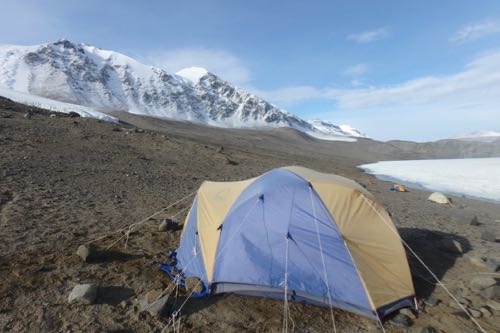 One last picture at Lake Bonney before I pulled my tent down to fly to McMurdo. I will miss these morning views.
One last picture at Lake Bonney before I pulled my tent down to fly to McMurdo. I will miss these morning views.
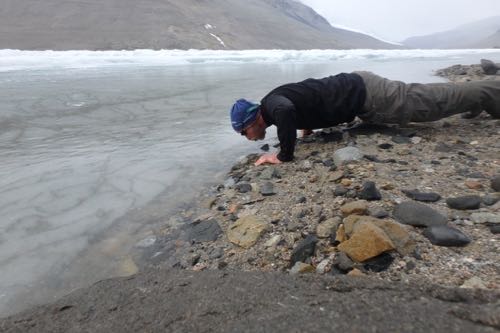 Goodbye Lake Bonney. I'm really not kissing the lake goodbye. I'm getting a drink out of the lake. Unlike lakes anywhere else in the world, no microbes in these waters to make us sick.
Goodbye Lake Bonney. I'm really not kissing the lake goodbye. I'm getting a drink out of the lake. Unlike lakes anywhere else in the world, no microbes in these waters to make us sick.
We have arrived back in McMurdo. We had a Bell 212 pick up our team, and our gear, and fly us back. We saw the usual pod of orcas, penguins, and seals out along the edge of the McMurdo Sound ice sheet.
We got our camp gear all sorted and put back into our storage lockers, sorted our soil samples, showered, did laundry, and got a great dinner in the galley.
It is now time to get busy in the lab finding the animals in our collected soil. This will be a good change. I've spent a long time out in the field. It's time to check out what we collected.
Answer to a great question from the comment section:
Ryatt, a biology student from Utah asked me about the seal mummies. He asked where the bacteria comes from to decompose the seals. According to Dr. Jeb Barratt, from Virginia Tech, this is still an unknown. Seals, like all of us mammals, have our own bacteria inside of them. Do those bacteria take a roll in decomposition? Does other bacteria show up to do the job? Does bacteria just living in the soil now become decomposers? Some studies have been done in this subject. Seal mummies have been moved to see what the bacterial would be like in the soil under the seals. Dr. Craig Carry, who I introduced to you several journals back did this study. Still, no conclusion. According to Dr. Byron Adams, these seals have a lot of help from the intense U.V. light, dry climate, Katabatic winds that reach 200 mph, and the cold to speed the preservation process. This would be a great mystery for Ryatt, or any of the rest of you budding scientists to solve. Here is a great article regarding these seal mummies that Ryatt asked about: https://www.mnn.com/earth-matters/animals/stories/the-mystery-of-the-centuries-old-seal-mummies-of-antarctica
Utah Origami Penguins (the last showing)
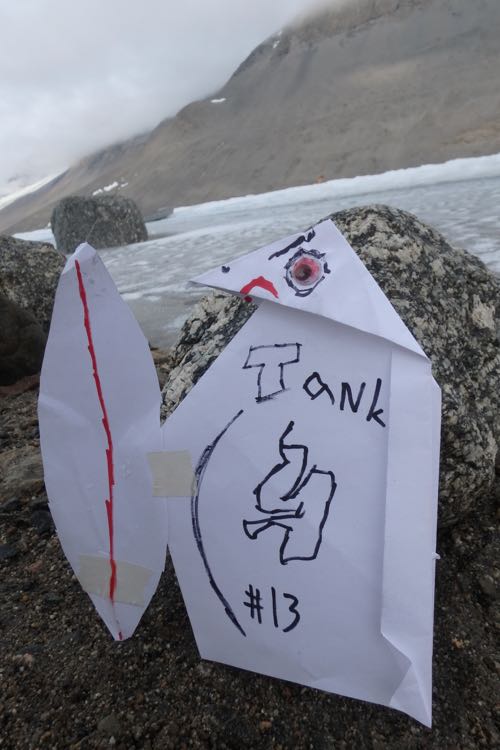 Utah origami penguin.
Utah origami penguin.
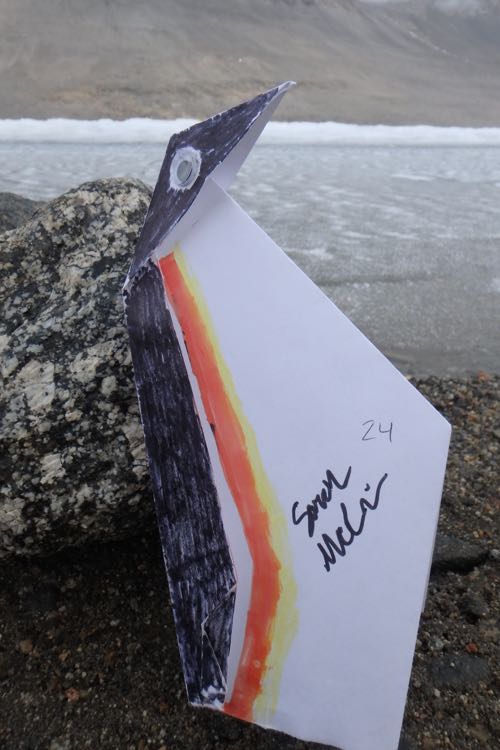
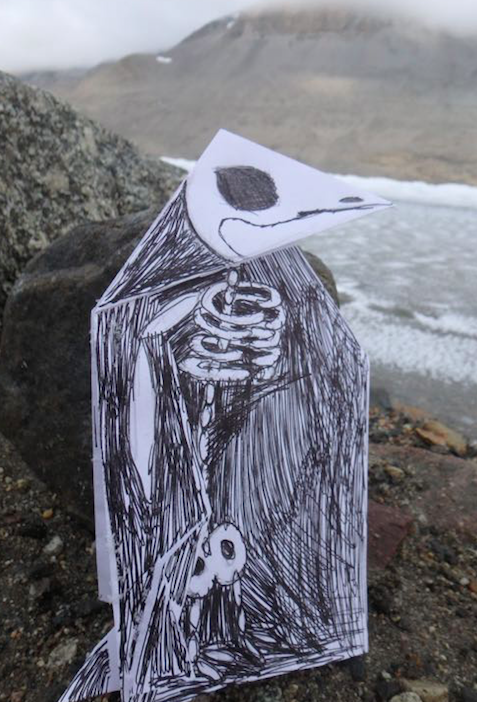
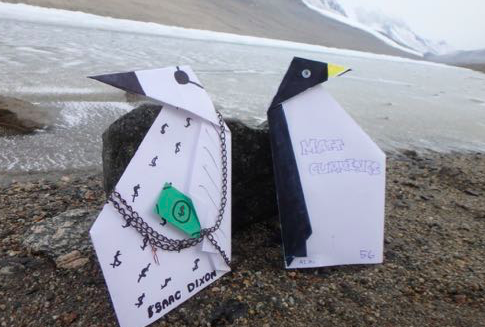
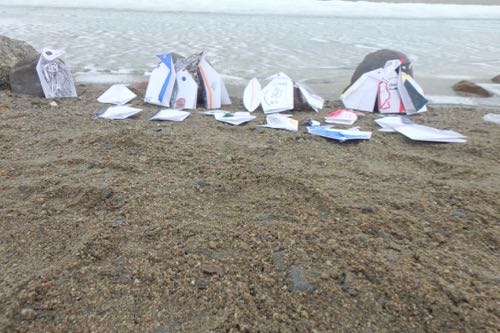 The whole flock of Utah origami penguins.
The whole flock of Utah origami penguins.


Add new comment